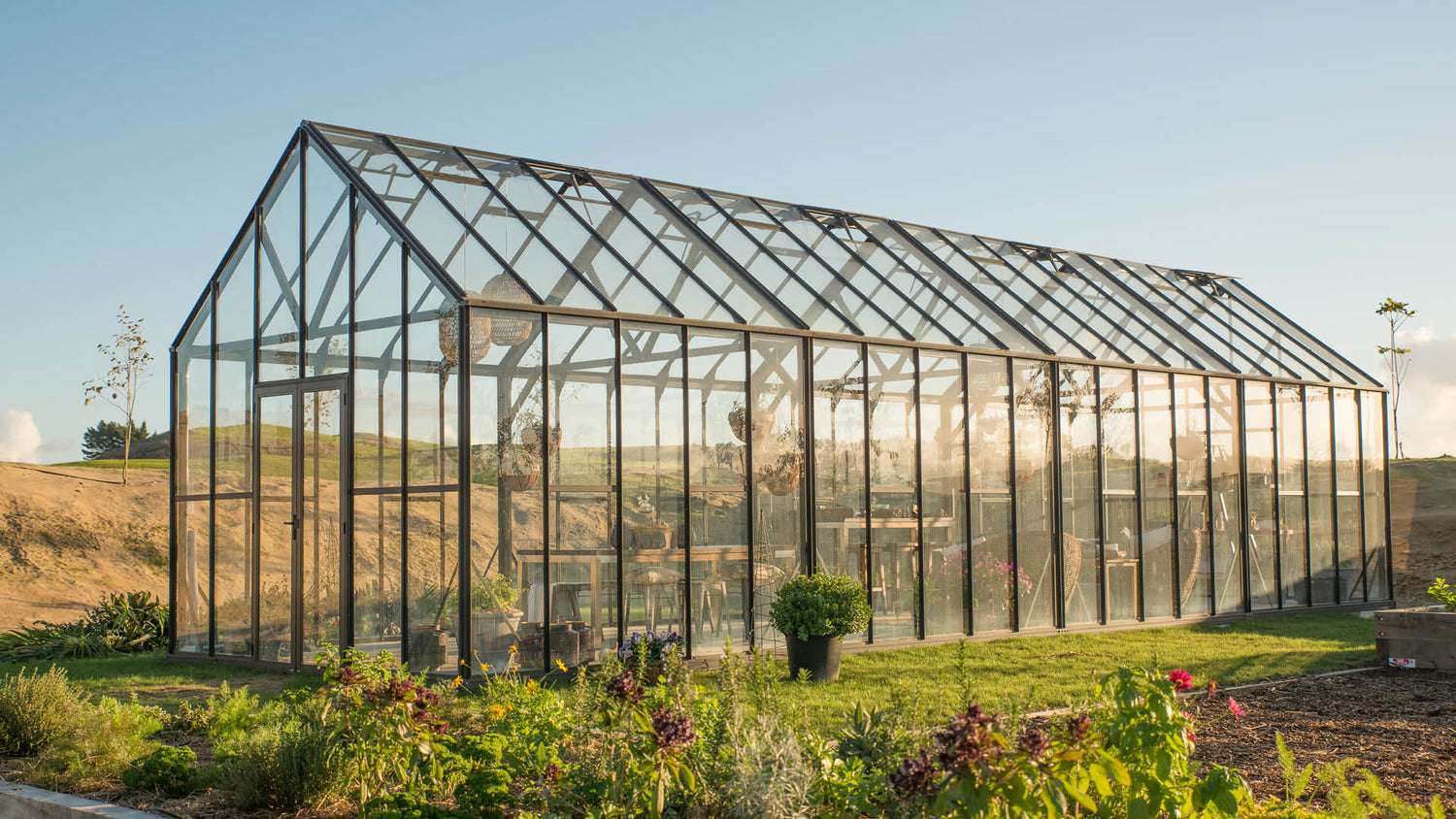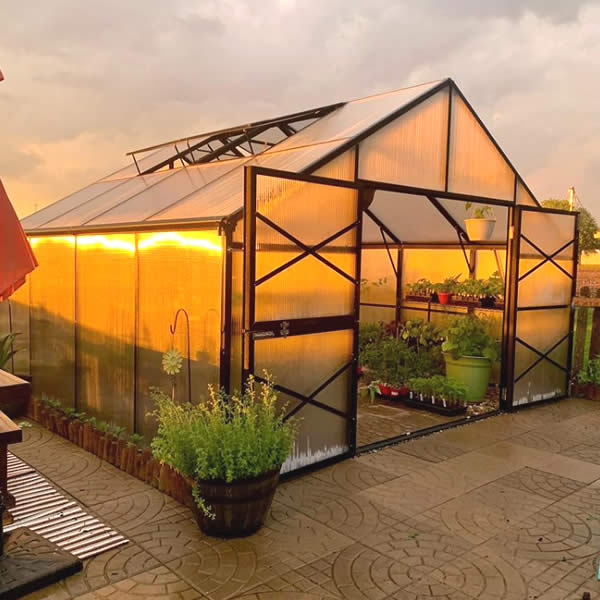Industrial Expanding Solutions: Monarch Commercial Greenhouse Utah Innovations
The Future of Greenhouses: Developments in Sustainable Farming
Are you curious concerning the future of greenhouses and just how they are revolutionizing lasting farming? Look no more! In this short article, we will check out the amazing advancements that are leading the way for a greener and more effective farming market. From sophisticated climate control systems to vertical farming methods, water-efficient watering approaches, renewable resource assimilation, and smart data analytics, these improvements are changing the way we expand our food. Prepare yourself to uncover the future of lasting agriculture in greenhouses!
Advanced Environment Control Equipment
To achieve optimal growing problems, you can rely upon the improvements in greenhouses with advanced climate control systems. These systems have transformed the way we grow crops, supplying a controlled atmosphere that is conducive to plant growth. With these ingenious systems, you can now manipulate temperature, moisture, light degrees, and even CO2 concentrations to develop the best conditions for your plants to grow.
One of the vital attributes of these innovative climate control systems is their capacity to regulate temperature. By using sensing units and automated controls, the greenhouse can change the temperature based on the certain requirements of the plants. This guarantees that they are never subjected to severe warm or cold, which can be damaging to their development.
Humidity control is an additional critical facet of these systems. By preserving the optimal humidity levels, you can protect against problems such as mold, mildew, and condition from impacting your crops. These systems can additionally regulate the quantity of light that gets to the plants, making sure that they receive the optimum amount for photosynthesis.
Additionally, advanced environment control systems can also control carbon dioxide concentrations. By increasing the degrees of CO2 in the greenhouse, you can improve plant development and efficiency. This is especially advantageous in locations with low all-natural carbon dioxide levels.
Vertical Farming Strategies
One vital vertical farming strategy is utilizing piled expanding systems. Stacked expanding systems are frequently made use of in urban areas where space is restricted.
One preferred method is known as upright hydroponics, where plants are grown in nutrient-rich water without soil. This method is extremely reliable as it decreases water usage by as much as 90% contrasted to typical farming methods. Furthermore, given that the plants are expanded inside, they are protected from parasites and conditions, lowering the demand for chemicals.
Another technique is aeroponics, which involves putting on hold the plant origins in a haze or air environment. This approach enables optimum nutrient absorption and oxygenation, causing faster development and greater returns. Aeroponics likewise uses less water than typical farming and can be carried out in vertical systems, making it a popular choice for upright farming.
Water-efficient Watering Methods
Maximizing water preservation is essential when it involves carrying out water-efficient watering approaches in sustainable agriculture. With global water scarcity coming to be a pushing issue, it is crucial to create ingenious methods that optimize water use in greenhouse operations.
One encouraging technique is drip irrigation, which supplies water directly to the plant origins, lessening waste and evaporation. By utilizing a network of tubes with tiny emitters, water is applied gradually and precisely, ensuring that plants get the needed moisture without excess overflow.
An additional efficient method is the use of soil wetness sensors. These gadgets determine the moisture content in the dirt and provide real-time information to farmers. By checking the soil's dampness levels, farmers can accurately figure out when and just how much water to use, avoiding over-irrigation.
In addition, the application of rainwater harvesting systems is obtaining appeal in greenhouse farming. Gathering rainwater from roofs and keeping it in tanks permits farmers to use this natural deposit for watering objectives, reducing dependence on traditional water resources.
Finally, the fostering of automated watering systems can substantially improve water performance. These systems utilize sensing units to find dirt moisture click to find out more levels and weather problems, adjusting watering schedules as necessary. By optimizing water use based on real plant needs, these systems can lower water waste and promote lasting farming practices.
Renewable Power Combination
Now, let's look into exactly how you can integrate renewable resource into your greenhouse operations for a much more sustainable future. Sustainable energy integration in greenhouses uses several advantages, including lowered operating expenses and lowered reliance on non-renewable energy resources. One method to incorporate sustainable power is via the setup of photovoltaic panels. These panels are put on the roof or surrounding locations of the greenhouse to record sunlight and convert it right into electrical power. The created power can after that be made use of to run various procedures within the greenhouse, such as air flow, lighting, and home heating systems. Additionally, excess energy can be kept in batteries for usage during non-sunlight hours. One more method of renewable resource combination is making use of wind turbines. These wind turbines harness wind power and transform it into electricity, which can be utilized to supplement the energy needs of the greenhouse. Integrating renewable resource sources not only decreases greenhouse gas discharges however likewise advertises sustainability and durability in your agricultural operations. By Learn More welcoming renewable energy, you can contribute to a greener future while ensuring the long-term viability of your greenhouse company.
Smart Data Analytics and Automation
To boost the efficiency of your greenhouse procedures and maximize resource utilization, think about executing clever information analytics and automation. Smart information analytics involves gathering and examining information from numerous sensing units and tools within your greenhouse. By monitoring elements such as temperature, moisture, light degrees, and dirt moisture, you can get valuable insights into the wellness and growth of your plants. This data can aid you make notified decisions regarding readjusting environmental problems, optimizing watering timetables, and stopping possible concerns before they develop.
This can include automating the control of illumination, air flow, watering systems, and nutrient delivery. By automating these procedures, you can make certain that your plants get the best problems and nutrients at the ideal time, without the requirement for continuous hands-on intervention.
Additionally, clever information analytics and automation can collaborate synergistically. The information gathered by sensing units can be made use of to educate computerized systems, permitting them to make real-time modifications based on the present problems. This combination of data analytics and automation can lead to extra specific and effective resource allocation, inevitably leading to greater returns and much better plant top quality.
Final Thought
In verdict, the future of greenhouses in sustainable farming looks appealing. With innovative climate control systems, upright farming techniques, water-efficient irrigation approaches, and renewable power assimilation, greenhouses are ending up being extra environmentally friendly and reliable.

By enhancing water use based on real plant requirements, these systems can minimize water waste and advertise lasting farming techniques.
